Everyone should learn problem solving, as it is important in both our personal and professional lives. Problems occur all around us and many people react with spontaneous emotion. Instead, effective use of problem solving skills can lead to rational thinking, a component of any successful endeavor.
Creative problem involves using one or more of the basic steps of problem solving in exercises designed to challenge the thinking. Problem solving activities work for every age group. In this article, we will present problem-solving activities for adults and kids. We will also provide you with group and team building problem solving ideas.
Table of Contents
There are four basic steps in problem solving:
- define the problem
- generate possible solutions
- evaluate and select possible solutions
- implement solutions
Problem solving activities use one of more of these steps.
Group Problem Solving Activities
Group activities provide an effective way to learn problem-solving skills. The following list of activities present problem solving skills in the form of games, a non-threatening and fun way.
Wool Webs
Divide your group into teams of equal numbers. Give each team a ball of yarn. Instruct the teams to create a web using only the yarn. Once the teams have finished (you may have to set an amount of time for completion), switch the teams around so that every team has a web other than their own. Each team then blindfolds one team member. The goal is for the blindfolded individual to unwind the web following the verbal instruction of their teammates. In order to be successful, team members must concentrate, and give/follow directions. The first team that has dismantled the web wins this game.
To Do Scavenger Hunt
This scavenger hunt game involves solving a list of problem activities. Begin by dividing your group into teams. Give each group a list of to do activities. The list should begin with some simple tasks, with increasingly more difficult activities. Some suggested activities are:
- Write a one hundred word poem on a given theme.
- Find an object readily available in the area in which you are playing
- Drink a whole can or glass of a liquid
- Solve a Sudoku or cross word puzzle
- Write out all the lyrics of a song (a Christmas carol works well at holiday time)
The team that completes all the activities first, wins.
Impromptu Skits
Prior to playing this game, write down a few appropriate situations that deal events in the venue in which you are playing. For example, for a group involved in customer service, use dealing with an angry customer on the phone. If you have a large group, divide them into teams of six to eight members. Have each group choose a folded piece of paper on which you have written the subject of a skit they must create. Give a set amount of time to prepare the skit and then have each team present their skit to the group. If you have a small group, have each person create one side of a conversation dealing with the problem for presentation to everyone.
Block Duplicating
Build a model out of building blocks. Provide each group member (or divide into teams for a large group) enough blocks to duplicate the model. Set a specific amount of time for completing the duplicated model. The team that is the first to finish – or gets the furthest on completing their model – wins. The more difficult the original model, the longer this task will take.
Team Building Problem Solving Activities
When choosing team building problem solving activities, make sure the game you use suits the group of people – their ages and interests. The activities we have listed will help with not only problem solving, but also build decision making, collaboration, and listening skills.
Tower Building
Although there are many variations to this game, this one using spaghetti and marsh mellows is our favorite. Divide you group into teams with an equal number of players. Provide each team with an equal amount of spaghetti and marsh mellows. The goal is to see which team can build the highest tower within a set amount of time.
Personalized Crossword
For this game to be effective, you need one or more teams of 8 to 10 people. Have each team list the first and last names of their group members. The goal is to create a crossword puzzle with clues composed of hints about the person, for example, if only one team member has red hair, the two clues for her first and last name could be, “Red hair,” and “Ginger.” It should take each team 20 to 30 minutes to complete their puzzle. When all the teams are finished, trade puzzles so that every team has a different one. Make sure you provide a list of names for the puzzle solvers.
Picture Pieces Puzzle Game
Prepare for this problem solving activity by choosing a well-known picture or cartoon full of detail. Cut the picture into equal sized squares and give one to each member of the group. You will need as many pieces as you have participants. Additionally, give each person a pencil, ruler for help enlarging the picture, colored markers, and a clean sheet of paper. Instruct them to make the puzzle piece five times larger.
Problem Solving Activities for Adults
Move It!
Divide your group into two teams. Line up the two teams front to back. Have the two groups face each other. Using chalk, spray paint, or masking tape (depending on the play surface) mark a square space for each person to stand on with one extra empty space between the two facing rows. You may also use a piece of paper for each person. The goal is for the two facing lines of players to change places.
Place these restrictions on movement:
- Only one person may move at a time.
- A person may not move around anyone facing the same direction.
- A person may not move backward.
- A person may not move around more than one person on the other team at a time.
Playing Card Mix-up
Divide your group into teams of six to eight participants. Give each team two decks of cards randomly mixed together. Tell the group they must sort them out without talking. As they working at the task, after a few minutes, change the way in which they are doing so using one of the following:
- If a team is sorting by suits from ace to king (4 stacks), tell them to collect the suits together by number (13 stacks).
- If a team begins by collecting the suits together, i.e. all the ones, twos, threes, etc., tell them to sort the suits from ace to king.
The team(s) that do so successfully by the end of a given time (depending on the size of your group) share what methods they used to accomplish the task.
Blindfolded games are always fun and provide the perfect challenge for adult problem solving. We have provided two for you.
Blind Formations
Have your group of adults put on blindfolds and form a large circle. Tie the ends of a rope together and lay in it a circle in the middle of the group, close enough that each person can reach down and pick up the rope. Tell them they must create a shape – a square, triangle, pentagon, etc. If you have a very large group, divide them into teams and provide a rope for each team. Let them compete to see who forms a particular shape quickest.
Line up Blind
Blindfold everyone and number the group by whispering a number to each individual beginning at one. Tell them to line up in numerical order without talking. Variations are many, with some of the favorites not requiring the whispering step being to line up according to height, birthday, surname, color of hair, etc.
Balloon Tower
Divide you group into teams of three and provide ten balloons and four 3-foot long strips of masking tape for each team. The object of this problem solving activity is to build the tallest freestanding tower in ten minutes. They can break the balloons if they wish. However, they may not use any additional materials and the tower must be built on a table or the floor. If you wish, you may add the following instructions:
- No talking.
- Each team member may use only one hand.
- One team member may not touch the materials and only give directions.
You can use one or more of these limitations in 60-second intervals. The first team to complete their tower wins this challenge.
Problem Solving Activities for Kids
The purpose of problem solving activities for kids is to get kids to think about a problem in a different way and have fun while solving it. Children will develop their creativity as they seek to implement a solution.
Walking the Plank
For this problem solving activity for older kids or teens, you will need four 2×6 boards. Divide your group into two teams with an equal number of children on each team. Place two of the four boards end to end on the ground or floor. Set the other two parallel to the first two about two or three feet apart. The goal is for each team to pass one board forward while standing on the other board in single file. If someone steps off a board, the team must start over. The team that succeeds in passing the boards a set number of times, or reaches a predetermined spot is the winner.
“Laser” Web
Use a large ball of string to create a giant web from one end of a room to the other. The goal is for individuals or teams to move through the web without touching the string. If they do so, they have been “zapped by a laser” and must try again. For greater suspense and for older players, use blindfolds or turn off the lights, allowing players to touch the string, but not pull it down or out of its original shape.
Group Drawing
Divide your group of kids into teams of three. Each person on the team has a one of the following roles:
- Drawer. The drawer attempts to recreate a pre-drawn design they cannot see. They take directions from the talker. They stand with their back to the talker and viewer and may not talk.
- Talker. The talker describes the design to the drawer, without seeing the design. They may question the viewer. They may not use hand gestures.
- Viewer. The viewer sees the design. However, they are not allowed to talk and must communicate nonverbally to the talker. Additionally, they must not draw the design in the air or actually show the design with their gestures.
The activity ends when the viewers say they are satisfied with the drawings. You may wish to award a prize to the best drawing.
Animals
Prior to playing this game, write on individual slips of paper the names of animal pairs, one name on each slip. Distribute the slips of paper to each group, instructing them not to share which animal name they received. The kids then move around performing activities their animal might do. The goal is for the kids to get into pairs successfully in a set amount of time without talking or making any noises. Suggest the following activities:
- Cleaning or grooming
- Eating and drinking
- Fighting
- Sleeping
- Walking or running
Alphabet Game
Have your players sit or stand in a circle. The goal is to shout out words in alphabetical order. Give the kids one of the following categories (or choose your own):
- Animals
- Foods
- Clothing
- Furniture
- Flowers
If a player takes longer than five seconds to think of a word, they are out. The last player remaining wins the game.
People achieve more when they solve problems and make decisions together. Our problem solving activities teach participants how to work out a solution, a talent useful in many different environments. Problem solving:
- Improves team work
- Helps participants address complex situations
- Utilizes different thinking styles
- Increases creativity
- Collectively leads to decision making
- Teaches both negotiation and cooperation
After completing a problem solving activity, encourage participants to discuss what process(es) they used in the exercise. Even kids are able to participate in such discussions. Also ask what was learned and if they have any opinions about how they could have solved the problem more efficiently.
Team-building exercises can improve problem solving and decision making in a new or established team. They work with every age group and in many different environments. Use our exercises to help solve problems and have some fun doing so.
Susan majored in English with a double minor in Humanities and Business at Arizona State University and earned a Master’s degree in Educational Administration from Liberty University. She taught grades four through twelve in both public and private schools. Subjects included English, U.S. and world history and geography, math, earth and physical science, Bible, information technologies, and creative writing.
Susan has been freelance writing for over ten years, during which time she has written and edited books, newspaper articles, biographies, book reviews, guidelines, neighborhood descriptions for realtors, Power Point presentations, resumes, and numerous other projects.
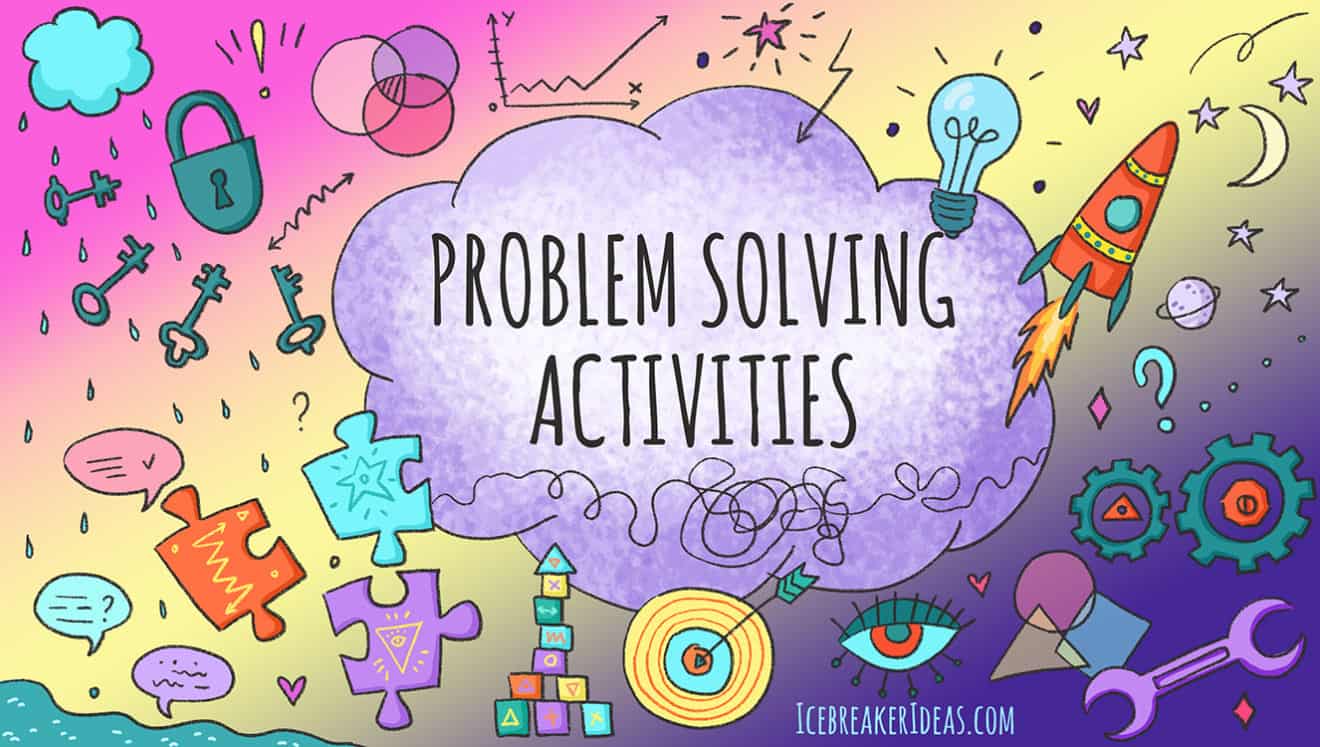
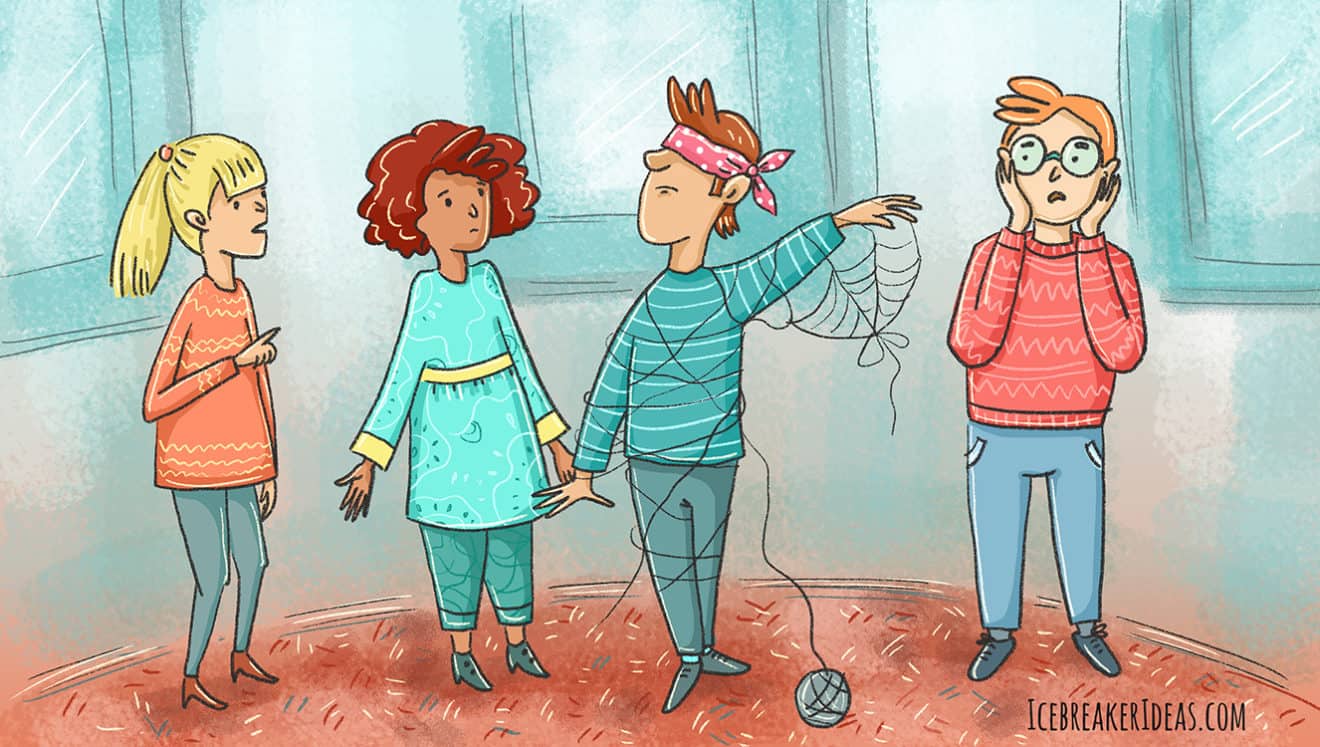
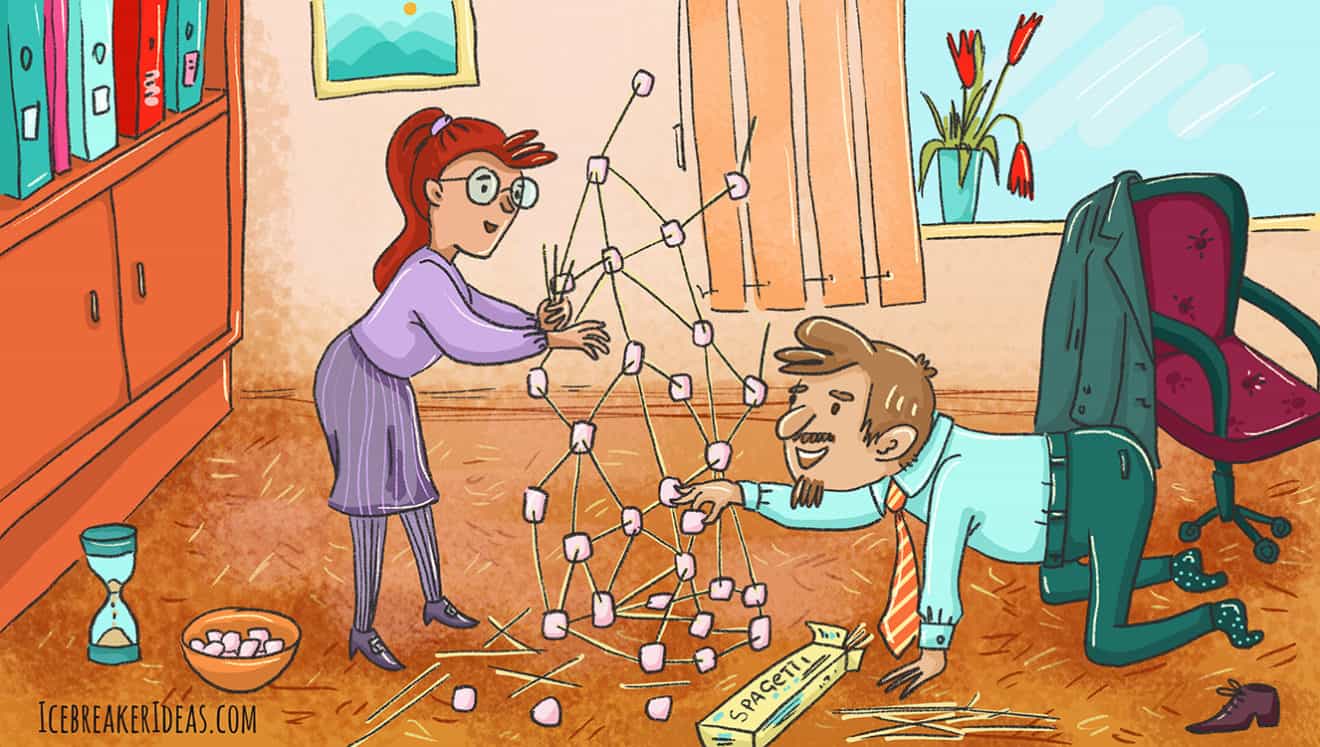
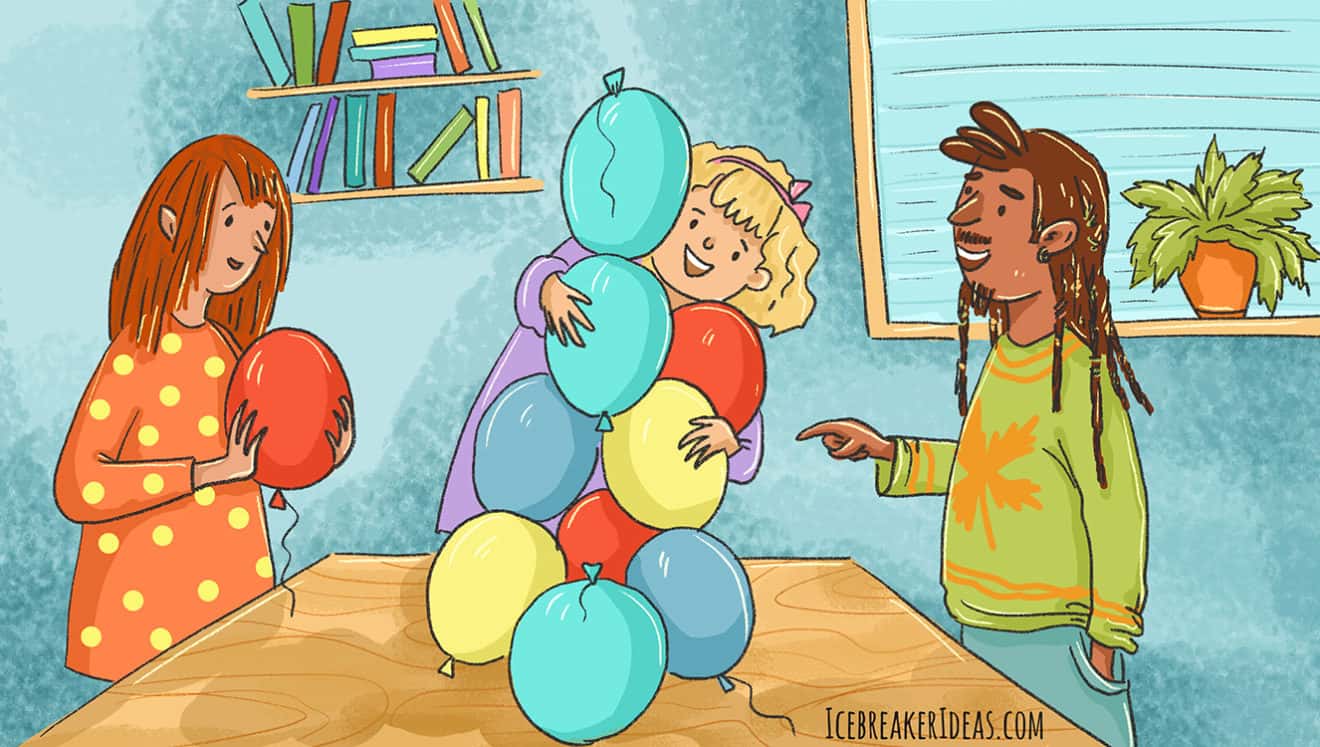
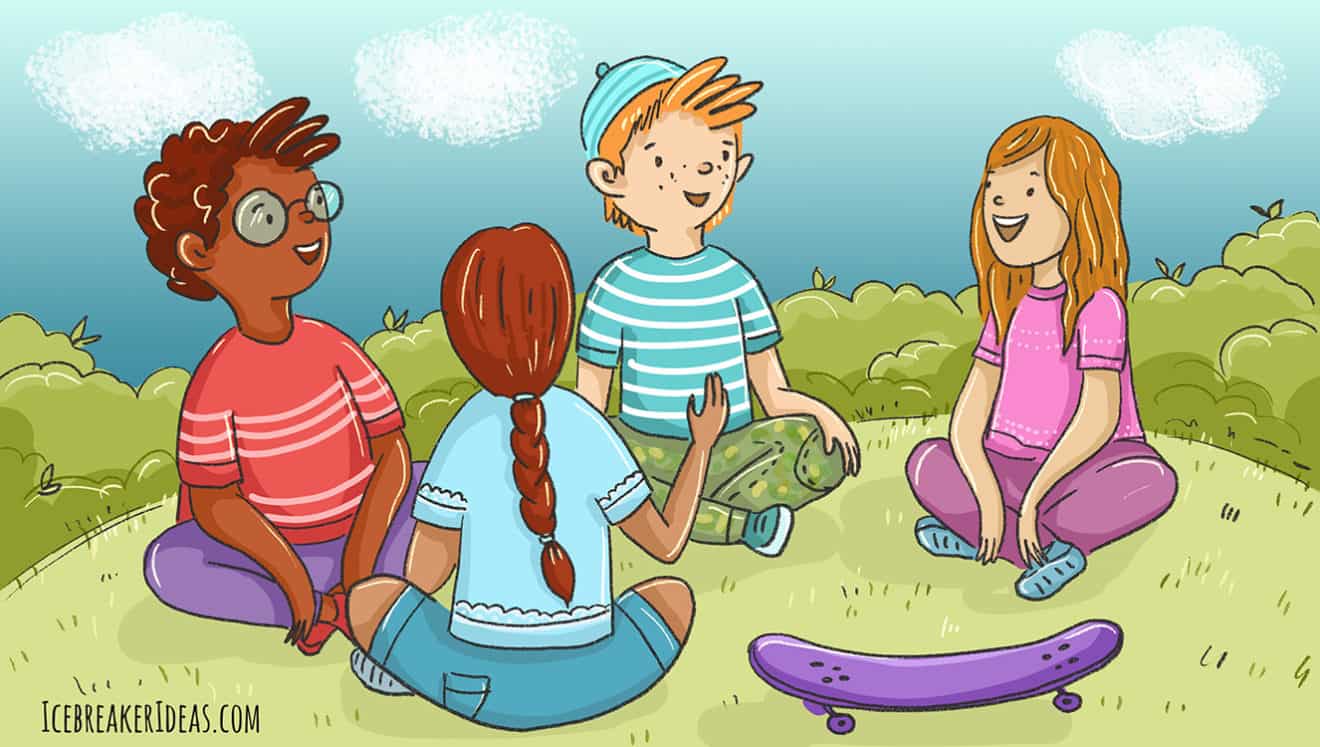
Thanks for your help!!
excellent ideas – thanks !
Excellent ideas.
Thank you. My students have requested we do team-building activities; I thought we would start with problem-solving.